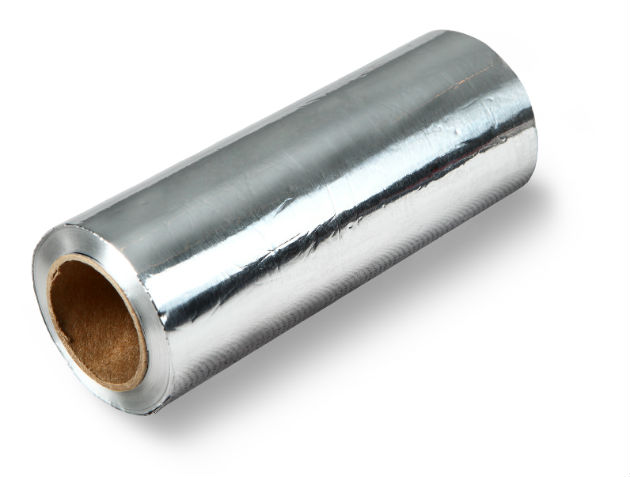Foil is extremely thin while a beverage can is sturdy and durable — it’s amazing how both of these products are so different yet are made from the same material: aluminum. A closer look at aluminum foil and aluminum cans helps you to realize the versatility of this metal.
Aluminum was identified as an element in 1782, and in the 1850s, the French commonly used this metal to produce eating utensils and fashionable accessories. Believe it or not, aluminum was considered more precious than gold and silver at that time! After World War II, aluminum was used in the design of beverage cans, and Adolph Coors Company created the first aluminum drink can in 1958. In 1991,
aluminum foil was used for 75% of packaging purposes, which came to a total of 913 million pounds of aluminum foil used for shipment.
So, what makes aluminum cans so different from aluminum foil?
First, the recycling preparation from the consumer’s perspective is unique for both. With an aluminum can, it’s recommended that you remove the top and bottom as well as flatten the can as much as possible before placing it at the curb. For aluminum foil, you should
wash it thoroughly to prevent mold and other contamination, because it’s often baled and kept until there is enough of it to be recycled.
Second, the composition and manufacturing of these two products differ. The aluminum can is made from
bauxite, which is commonly obtained from Jamaica and Guinea. This ore is refined and smelted so it can be poured into a cast. However, the base of the can is comprised of small amounts of other metals including magnesium, manganese, iron, silicon and copper. Alternatively, aluminum foil is made from an
aluminum alloy (92 to 99% aluminum), and ranges between 0.00017 and 0.0059 inches in thickness. In order to produce foil’s thin shape, the aluminum is rolled several times through metal rolls (work rolls) after it’s smelted and casted.
Both beverage cans and foil are not made from 100% aluminum, and the production process is slightly different to achieve the desired shape and thickness. However, the end result is a durable product that is completely recyclable.


